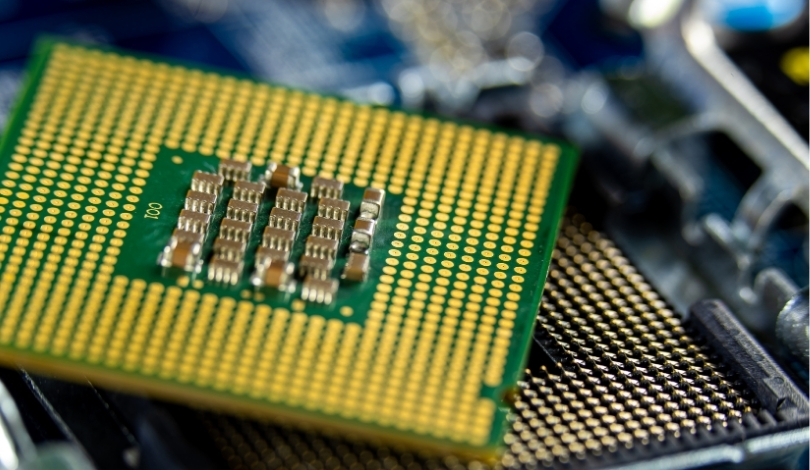NVIDIA‘s latest GPU, the RTX 5070 Ti, has generated significant interest among gaming and professional communities. With advanced features and performance enhancements, it aims to set a new standard in graphics processing. However, initial market responses highlight concerns over its pricing strategy, potentially limiting its accessibility to a broader audience.
The RTX 5070 Ti builds upon NVIDIA’s renowned architecture, offering improved ray tracing capabilities and higher frame rates. Enthusiasts anticipate that these enhancements will deliver a superior gaming experience and better support for demanding applications. Despite these technical advancements, the GPU’s launch price remains a critical factor that could influence its overall adoption and success in the competitive market.
Are the Features Worth the Price?
Many consumers are weighing the RTX 5070 Ti’s cutting-edge features against its cost. The enhanced performance metrics promise significant benefits for high-end gaming and creative work, making it a desirable option for those who can afford the premium. However, budget-conscious buyers may hesitate, opting for more affordable alternatives that offer satisfactory performance without the hefty price tag.
How Does It Compare to Previous Models?
Compared to its predecessors, the RTX 5070 Ti introduces notable upgrades in processing power and energy efficiency. Earlier models, such as the RTX 5060, provided solid performance but could not match the latest generation’s capabilities. This progression underscores NVIDIA’s commitment to innovation, yet it also sets higher expectations for both performance and pricing in future releases.
What is the Market Reaction?
Market reactions to the RTX 5070 Ti have been mixed, with enthusiasts praising its technological advancements while expressing concerns over affordability.
“The RTX 5070 Ti offers unmatched performance, but the price point may deter many potential buyers,”
commented a leading industry analyst. Retailers are closely monitoring sales trends to determine the GPU’s long-term viability in a saturated market.
Reviewing past releases, NVIDIA has consistently pushed the envelope with each new GPU iteration, often at premium prices. While this strategy has cemented their position as a market leader, it has also occasionally led to slower adoption rates among average consumers. The RTX 5070 Ti appears to follow a similar pattern, where groundbreaking technology meets price resistance.
Balancing innovation with affordability will be crucial for NVIDIA as it seeks to maximize the RTX 5070 Ti’s market penetration. Offering financing options or bundling with other products could enhance its appeal and mitigate the impact of its high price. Additionally, continuing to develop cost-effective alternatives may help maintain NVIDIA’s competitive edge without alienating price-sensitive segments.










